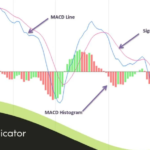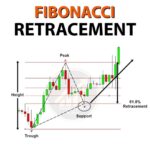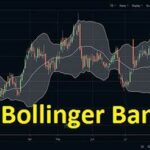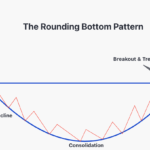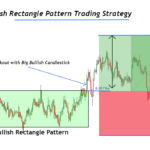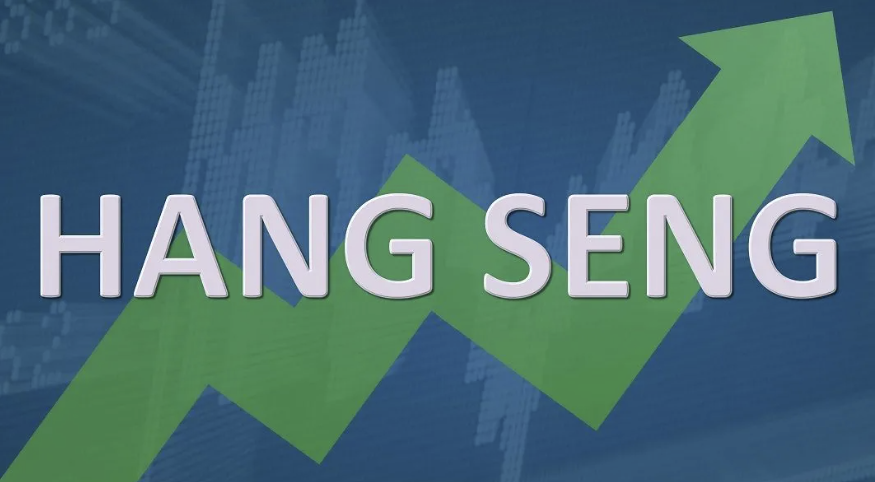
The Hang Seng Index (HSI) is a major stock market index that tracks the performance of the largest and most liquid companies listed on the Hong Kong Stock Exchange (HKEX). Established in 1969, the HSI is a key indicator of the health of Hong Kong’s financial market and economy. It is widely regarded as a barometer for the broader Asian market and is an essential tool for investors interested in the Hong Kong stock market.
Composition and Structure of the Hang Seng Index
The Hang Seng Index consists of 50 of the largest and most actively traded companies on the HKEX. Unlike some indices that are weighted by market capitalization, the HSI is a free-float adjusted market capitalization-weighted index, meaning that the weight of each company in the index is adjusted based on the number of shares available for trading. This approach ensures that the index reflects the performance of companies that have a significant presence in the market, while minimizing the impact of those with limited tradable shares.
The HSI covers a diverse range of sectors, including:
- Financials: Includes major banks and insurance companies such as HSBC Holdings and AIA Group.
- Utilities: Key players like CLP Holdings and Hysan Development.
- Property: Prominent real estate firms like Sun Hung Kai Properties and Cheung Kong Holdings.
- Technology: Includes companies like Tencent Holdings and Alibaba Group.
Importance of the Hang Seng Index
The Hang Seng Index serves as a vital gauge of Hong Kong’s economic health and financial market performance. It provides insights into the economic trends and investor sentiment within the region. Because many of the companies listed in the HSI are major players in their respective industries, the index also reflects broader economic trends in Asia and globally.
Hong Kong is a major international financial center, and the HSI is used by both domestic and international investors to monitor market conditions and make investment decisions. Given Hong Kong’s role as a bridge between China and the global economy, the HSI is also influenced by developments in mainland China, making it an important index for those interested in Chinese economic trends and trade policies.
Global Exposure and Influence
The Hang Seng Index has significant global exposure due to the international nature of many of its constituent companies. For instance, companies like Tencent and Alibaba have substantial operations and revenue streams outside of Hong Kong, particularly in mainland China and other global markets. This global footprint means that the HSI is sensitive to international economic conditions, trade policies, and geopolitical events.
The index is also impacted by movements in the Chinese yuan and other regional currencies. For example, fluctuations in the exchange rate between the Hong Kong dollar (HKD) and the U.S. dollar can affect the performance of companies with significant international operations. As a result, the HSI can reflect broader trends in global markets and serve as a proxy for regional economic health.
Performance and Volatility
The performance of the Hang Seng Index can be highly volatile, reflecting the dynamic nature of Hong Kong’s financial markets and the broader regional economy. Historical events, such as the Asian Financial Crisis of 1997, the global financial crisis of 2008, and recent political developments in Hong Kong, have all had significant impacts on the index’s performance.
In recent years, the HSI has experienced periods of both strong growth and sharp declines. The index’s performance is often tied to factors such as economic growth in China, changes in interest rates, and shifts in investor sentiment. The HSI’s exposure to sectors like property and finance means that it can also be influenced by changes in real estate prices and banking conditions.
Investment Strategies Involving the Hang Seng Index
Investors interested in the Hang Seng Index can use several strategies to gain exposure:
- ETFs: Exchange-traded funds (ETFs) tracking the HSI, such as the iShares Hang Seng Index ETF or the Hang Seng Index ETF, provide a convenient way to invest in the index. These funds offer broad exposure to the largest companies in Hong Kong without needing to select individual stocks.
- Index Funds: Similar to ETFs, index funds that track the HSI offer a passive investment approach, allowing investors to diversify across the top companies listed on the HKEX.
- Futures and Options: For more sophisticated investors, HSI futures and options are available for trading. These derivatives can be used to hedge against market movements or to speculate on the future direction of the index.
- Individual Stock Selection: Investors may also choose to invest directly in individual stocks within the HSI. Many of the companies in the index are leading global firms with strong growth potential, making them attractive to stock pickers.
Key Sectors in the Hang Seng Index
The Hang Seng Index includes companies from several key sectors:
- Financial Services: The largest sector in the index, including major banks like HSBC and Standard Chartered.
- Real Estate: Companies such as Sun Hung Kai Properties and Cheung Kong Holdings are major players in Hong Kong’s property market.
- Technology: Includes influential technology firms like Tencent and Alibaba, which are leaders in the digital economy.
- Utilities: Important providers of essential services, including CLP Holdings and Hysan Development.
Conclusion
The Hang Seng Index (HSI) is a crucial benchmark for Hong Kong’s stock market and offers valuable insights into the health of the regional and global economy. With its diverse representation of major sectors and international exposure, the HSI is an essential tool for investors looking to understand market trends and economic conditions in Asia. Whether through ETFs, index funds, or direct stock investments, the HSI provides numerous opportunities for gaining exposure to one of Asia’s most dynamic financial markets.


